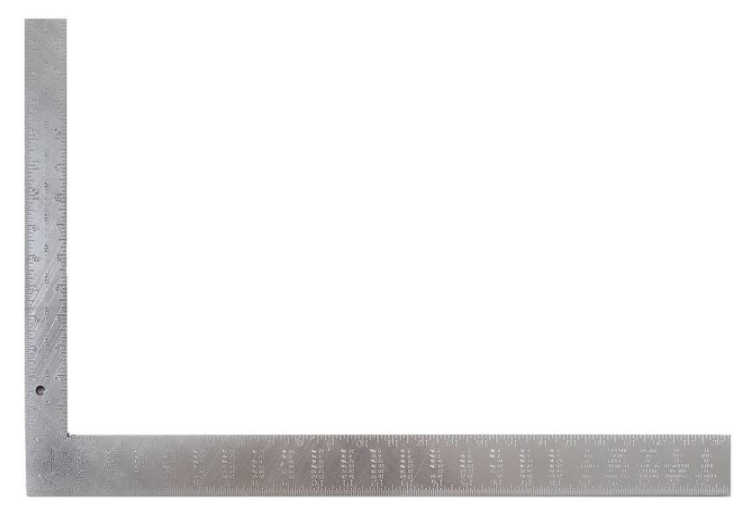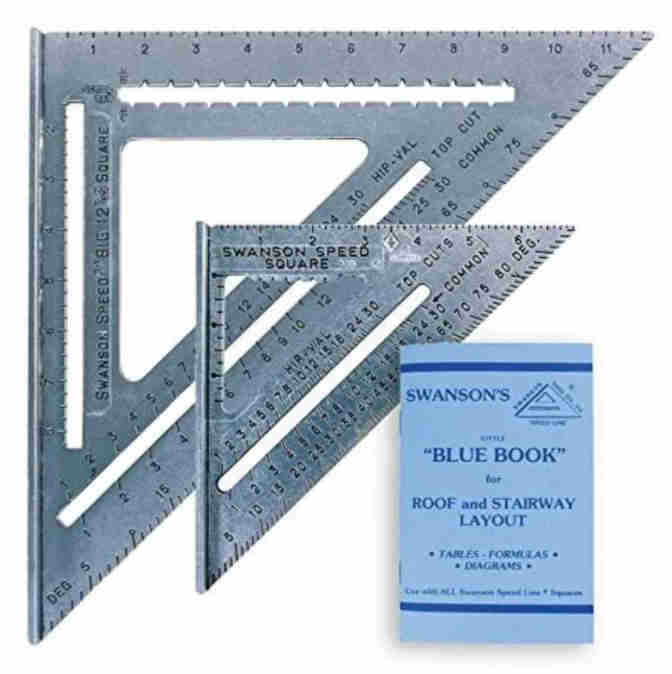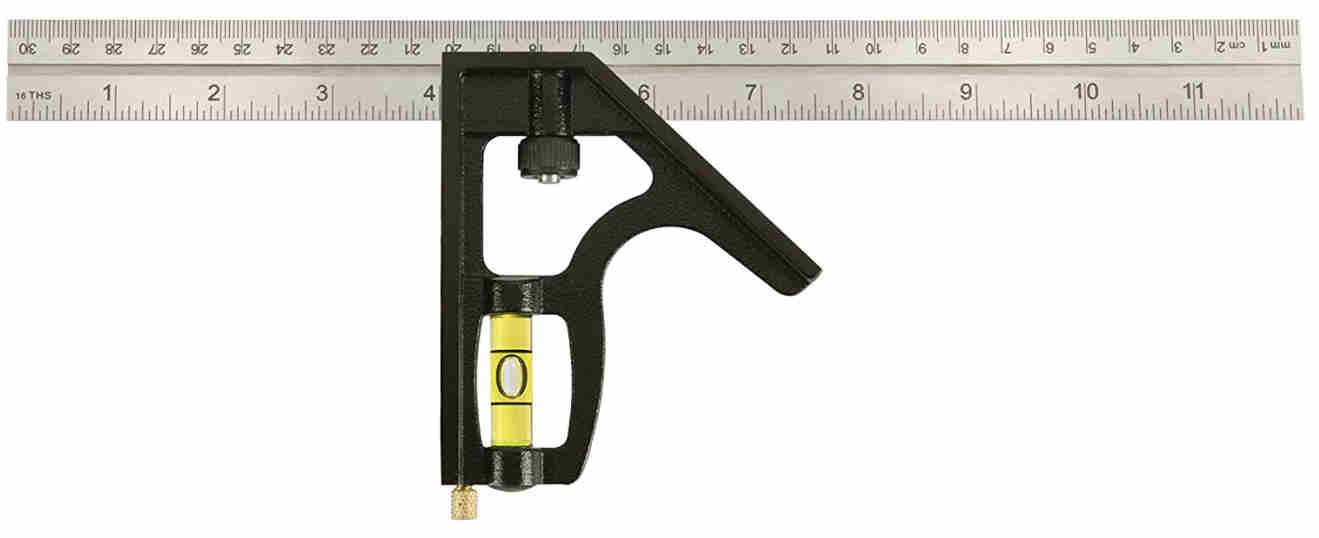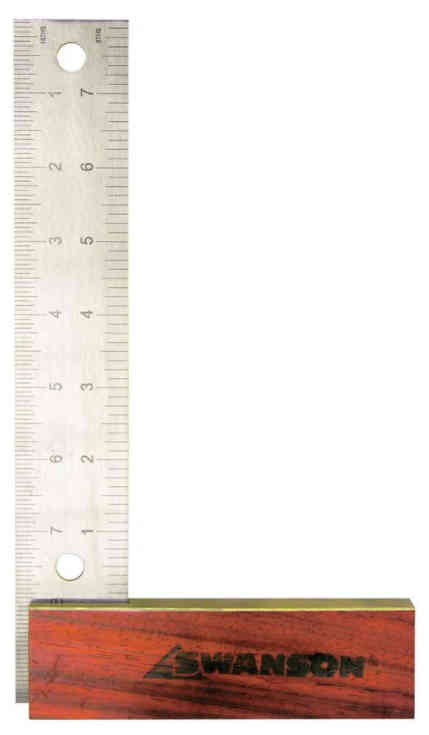Carpentry Squares
Carpentry Squares are no doubt essential carpentry tools - constructing buildings that are square (or at exact angles) is as important as building things that are level.
Four of the most common squares I have used while building just about everything, from small crafts to residential structures, are the framing square, speed square, combination square, and try-square. The framing square and speed square are the two I use most often on the job site. They are essential tools for building stairs and framing roofs. But are also used for laying out a floor for ceramic tile, squaring picture frames, or any of the many other purposes.
Carpentry Squares
The framing square, also referred to as a rafter square or roofing square, is an essential tool for laying out stair stringers and framing roofs. It is available in steel or aluminum and with or without the rafter-length table printed on it.
If you plan to do a lot of roof framing and frequently cutting hip and valley rafters, I recommend the square with the hip/valley rafter length table printed on it. It can be a real timesaver. You can use this table to compute the length differences of each hip or valley rafter based on the roof pitch and rafter spacing.
A Speed Square (shown below) is the most commonly used carpentry square at the construction site. One of the many reasons is that it fits into your tool belt. These squares are perfect for quickly squaring or marking angles on framing lumber. The angle indicators on the speed square come in two flavors: degrees and pitch.
Once you have determined the pitch of your roof by laying out your rafters using your framing square, you can pull this little gem-of-a-tool out of your tool bag and quickly mark the correct angle for your rafter cuts.
For example, if you are cutting the angle at the upper end of a common rafter that has a pitch of 5-12 (a 5-inch rise for every 12 inches of horizontal length), all you have to do is pivot the square until it lines up with the "5" mark on the Common Rafter scale. Make your mark, and cut the rafter pitch angle.
The HIP-VAL markings on the speed square indicate the pitch/angle for the corresponding COMMON rafter pitch/angles.
You can determine the pitch of an existing roof by placing a speed square with a level on top of it against one of the common rafters. Rotate the square/level combination on the rafter until the bubble is in the center, then read the COMMON mark on your speed square. That's the pitch and angle of the roof.
The combination square is a handy little tool I mostly use in my garage workshop. It has an adjustable ruled blade that you can lock in place with the turn of a screw. You can pre-set it to a specific measurement and use it as a guide to mark similar materials that need the same.
The combination square also has a built-in level for leveling and squaring small objects. It also has a 45-degree angled surface for quickly marking 45-degree angles.
The try square (I just discovered is sometimes called the tri-square) is another tool I use in my home workshop. I use it primarily for doing work where all materials are measured, marked, and cut at 90-degree angles.
You will get plenty of practice using these carpentry squares as you build the projects featured on this site. Since the framing square and speed square each have unique purposes, they both belong on the list of essential carpentry tools.
Carpentry Tools - Read about other tools used in carpentry.
Carpentry Terms - Terms used in carpentry and construction.
Carpentry Hand Tools - View a list of essential carpentry hand tools.
Carpentry Levels - Types of levels used in carpentry and construction.
** As an Amazon Associate, I earn from qualified purchases.
What next?
Leave carpentry squares and visit our home page





